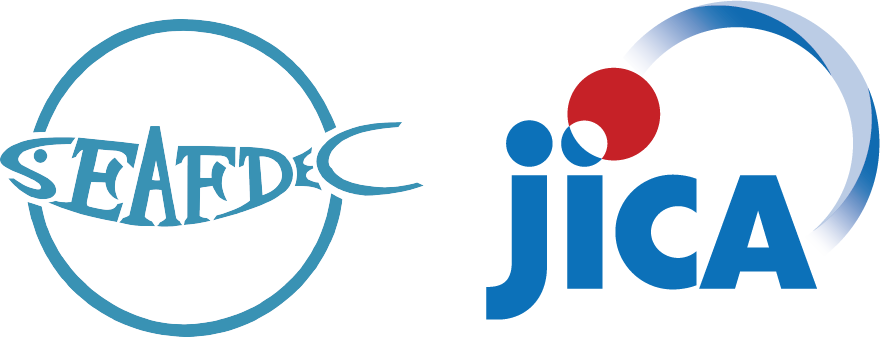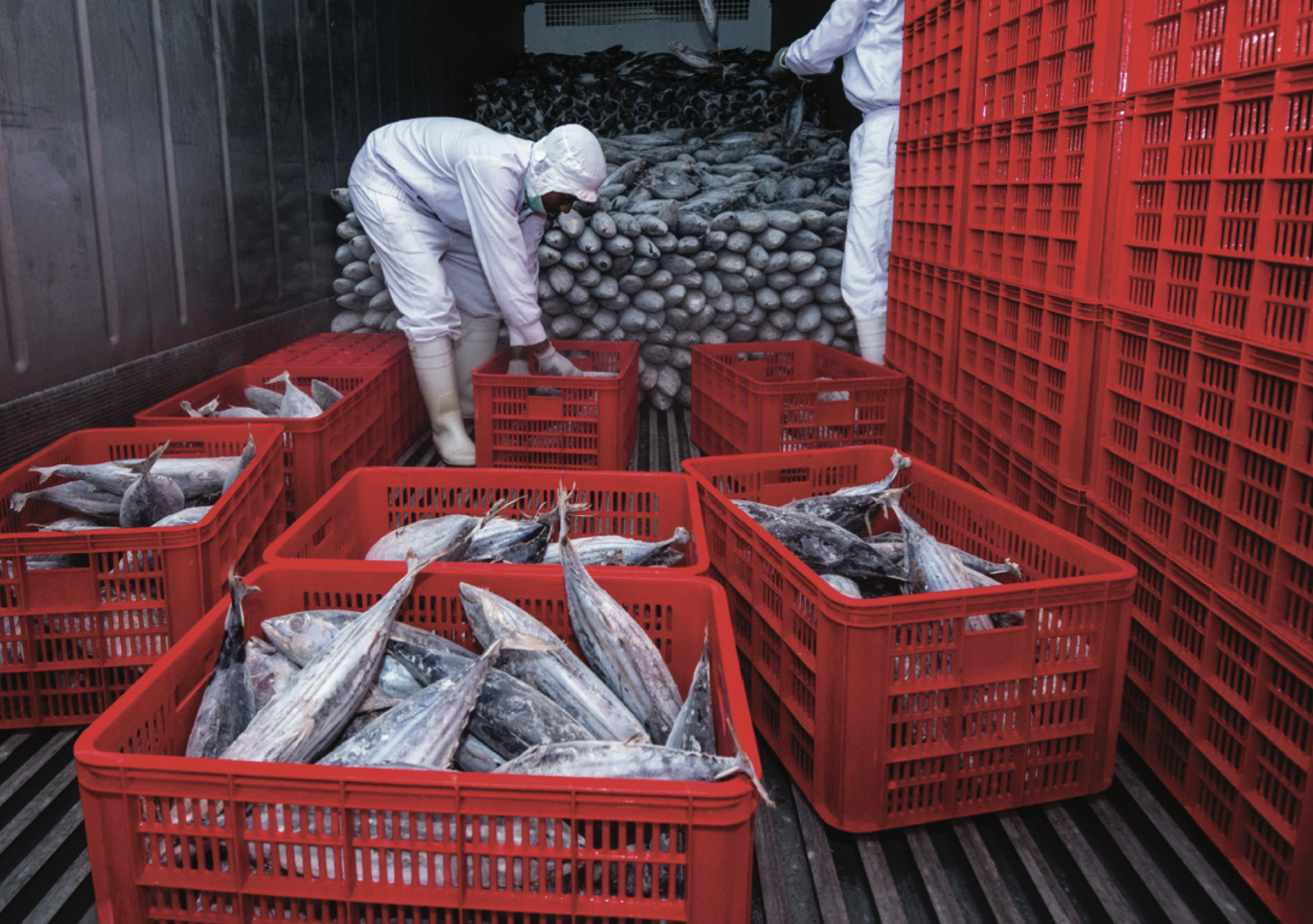
1 - 3 October 2024, Bangkok, Thailand
Fish and fishery products continue to rank among the most traded food commodities globally. In 2022, international trade amounted to 70 million tons, equivalent to 38 percent of total fisheries and aquaculture production. Over 200 countries and territories take part in aquatic trade during the year, compared to 150 in the mid-1970s. The global trade in aquatic animal products has seen substantial growth in value, with exports increasing from USD 7.9 billion in 1976 to a record high of USD 192 billion in 2022. This growth reflects an average annual increase of 7.2 percent in nominal terms and 4.0 percent in real terms. The total export value of all aquatic products reached USD 195 billion in 2022 (FAO, 20241).
Since 1976, Asia has demonstrated the highest average annual growth rate in the export value of aquatic animal products, followed by Africa, Europe, the Americas, and Oceania. In 2022, Europe and Asia maintained their positions as the leading exporting continents, accounting for 37 percent and 35 percent of the total export value, respectively (FAO, 20242)

Taking into account the significant contribution of fish and fishery products from Southeast Asian countries to the world market, the ASEAN Secretariat in cooperation with regional partners led by the Southeast Asian Fisheries Development Center (SEAFDEC) has strengthened regional initiatives for facilitating the sharing of experiences and information among the ASEAN Member States (AMSs) to enhance the respective countries’ capacities and efforts to deal with eliminating IUU fishing and market-driven measures. This was demonstrated when the AMSs adopted in 2016 “The Joint ASEAN-SEAFDEC Declaration on Regional Cooperation for Combating IUU Fishing and Enhancing the Competitiveness of ASEAN Fish and Fishery Products” to strengthen efforts in implementing regional initiatives to combat IUU fishing and promoted the “ASEAN Guidelines for Preventing the Entry of Fish and Fishery Products from IUU Fishing Activities into the Supply Chain,” endorsed by The 37th Meeting of The ASEAN Ministers on Agriculture and Forestry (The 37th AMAF) in 2015.
In 2016, SEAFDEC convened the “High-level Consultation on Regional Cooperation in Sustainable Fisheries Development Towards the ASEAN Economic Community” in Bangkok, Thailand. The ASEAN-SEAFDEC member countries declared and planned to combat IUU fishing in the Southeast Asian region and enhance the competitiveness of ASEAN fish and fishery products in the region and internationally, following international laws and agreements. SEAFDEC has been promoting the development of regional tools and supporting ASEAN Member States (AMSs) in combating IUU fishing which is relevant to the traceability of fish and fishery products as ASEAN Catch Documentation Scheme.
To enhance the capacity of AMSs to prevent and combat IUU fishing through a series of training and/or workshop activities, the ASEAN-JICA Capacity Building Project on IUU Fishing Countermeasures in Southeast Asia under the Agreement on Technical Cooperation between ASEAN and the Government of Japan (the ASEAN-JICA cooperation framework) has implemented together with SEAFDEC. This project aims to improve AMS's understanding of the practices and action necessary to deter IUU fishing and to think about the tangible countermeasures that could be adopted in their own countries, as well as to strengthen concrete countermeasures based on specific issues and concerns for eliminating IUU fishing in the AMSs through the training/capacity building workshop activities.
Therefore, the “Regional Training on Traceability and Effective Management Tools for Fish and Fishery Products in Southeast Asia” will be conducted with main aims to capacity building of AMSs prevent and combat IUU fishing through traceability and effective management tools for fish and fishery products at international and regional levels.
1. Promoting the traceability and effective management tools for fish and fishery products to eliminate IUU fishing in Southeast Asia
2. Imparting the knowledge and sharing the lessons learned about existing traceability of fish and fishery products systems including effective management tools inside and outside the region
1. Understanding the traceability of fish and fishery products to eliminate IUU fishing in Southeast Asia
2. Increasing knowledge of the traceability of fish and fishery products from expertise inside and outside the region and skills through lessons learned